10 Best Race Cars In American History

The greatest American race cars have shaped the motorsports world with their innovation and dominance, from aerodynamic pioneers to endurance legends. These iconic machines have redefined engineering standards and left an indelible mark on racing history.
Key Takeaways:
- American race cars have shaped motorsports history through innovative engineering and groundbreaking achievements.
- The Chaparral 2E, Chevrolet Corvette C5-R, and Ford GT40 Mk IV are some of the most influential cars.
- These machines redefined aerodynamics, endurance racing, and competitive design.
Throughout the history of motorsports, a select few race cars have transcended their time, serving as pivotal connections between the automotive industry and dedicated racing enthusiasts. These machines, born from innovation, fierce competition, and engineering excellence, have shaped the landscape of American racing.
From various backgrounds and eras, these legendary race cars have competed against some of the most famous automotive brands, achieving historic victories, inspiring generations, and cementing their place in motorsport folklore.
The 20th century saw American automakers push the boundaries of performance, proving that North American racing teams were a force to be reckoned with. Here, we explore the most influential American race cars that left an indelible mark on motorsports, supported by historical data, expert insights, and primary sources.
Contents
1. Chaparral 2E: The Aerodynamic Pioneer
The Chaparral 2E redefined race car aerodynamics when it debuted in 1966. Developed by Chaparral Cars, the vehicle introduced groundbreaking aerodynamic elements, including a pivoting, high-mounted rear wing that revolutionized downforce management. Built on a Chevrolet-designed aluminum 2C chassis and powered by a lightweight, ethanol-fueled engine, the 2E was a game-changer in the American Can-Am Series.
Expert Insight: “The 2E’s high-mounted rear wing, an active aerodynamic element, laid the groundwork for modern downforce-driven race cars. It directly influenced the development of later Can-Am and Formula 1 designs, with McLaren incorporating similar concepts in the 1970s,” notes an analysis in the SAE Journal (1967).
Legacy: Though it secured just one victory at Laguna Seca in 1966, its influence on race car aerodynamics remains unmatched. Today, active aerodynamics are a standard feature in racing and high-performance production cars.
2. Chevrolet Corvette C5-R: America’s Endurance Racing Icon
The Chevrolet Corvette C5-R became an endurance racing legend, proving that American engineering could dominate on the world stage. Developed by Pratt & Miller in collaboration with Chevrolet, the C5-R won prestigious events like the 24 Hours of Le Mans, 24 Hours of Daytona, and 12 Hours of Sebring.
Key Stats:
- Engine: Katech LS1R V8 (610 HP, 570 lb-ft torque)
- Major Wins: 24 Hours of Le Mans (2001, 2002, 2004), 24 Hours of Daytona (2001), 12 Hours of Sebring (2002, 2004)
- Total Class Victories: 31 (IMSA Official Archives, 2004)
Expert Insight: “The C5-R was a turning point for American endurance racing, proving that Corvette Racing could compete against Ferrari and Porsche on a global level,” said Doug Fehan, former Corvette Racing Director (IMSA Interview, 2019).
3. Cunningham C4-R: America’s First Le Mans Contender
In 1951, Briggs Cunningham set out to prove that an American car could win Le Mans. His team developed the Cunningham C4-R, an evolution of the C2-R that was 1,000 pounds lighter and boasted increased horsepower.
Legacy: Though it finished fourth at Le Mans in 1952, the C4-R established America’s presence in endurance racing, paving the way for future success.
Expert Insight: “The C4-R demonstrated that American engineering could stand toe-to-toe with European dominance at Le Mans,” noted historian John Oreovicz (Road & Track, 2007).

4. Eagle Mk1: America’s F1 Breakthrough
Designed by Len Terry for Dan Gurney’s Anglo-American Racers, the Eagle Mk1 was a pivotal moment for American Formula 1 history. Initially powered by a 2.7L Coventry Climax inline-four before switching to a 3.0L Gurney-Weslake V12, the Eagle Mk1 delivered America’s first F1 Grand Prix victory at Spa-Francorchamps in 1967.
Expert Insight: Dan Gurney reflected on his car’s success, saying, “Winning with the Eagle Mk1 was the proudest moment of my career” (Motorsport Magazine, 1997).
5. Dodge Viper GTS-R: The Muscle Car Of Endurance Racing
The Dodge Viper GTS-R, equipped with an 8.0-liter V10, showcased American power in endurance racing. Debuting in 1995, it secured class wins at Le Mans and dominated the FIA GT Championship.
Key Achievements:
- Le Mans Class Wins: 1998, 1999, 2000.
- FIA GT Championship: Won 9 out of 10 races in 1999.
- ALMS, Daytona, Nürburgring: Multiple endurance race victories.
- Expert Insight: “The Viper GTS-R proved that raw American muscle could compete with European precision.” – [Source: AutoWeek]
6. Ford GT40 Mk IV: The American Le Mans Conqueror
While earlier GT40 models were influenced by British engineering, the Mk IV was purely American. Built in Michigan and powered by a 7.0-liter V8, the Mk IV won the 1967 24 Hours of Le Mans, securing Ford’s second consecutive Le Mans victory.
Key Achievements:
- 1967 Le Mans winner, marking an all-American team victory.
- Utilized NASCAR-style chassis reinforcements and advanced aerodynamics.
- Expert Insight: “The GT40 Mk IV is the most ‘American’ Le Mans winner ever produced.” – [Source: Classic Motorsports]

7. Howmet TX: The Jet-Powered Experiment That Pushed Racing Boundaries
The Howmet TX remains one of the most innovative and ambitious race cars ever built, marking a rare moment when jet propulsion was seriously tested in motorsports. Developed in 1968 by McKee Engineering, the TX was powered by a Continental Aviation TS325-1 turbine engine, producing an astonishing 350 horsepower with near-instant throttle response. Unlike traditional piston engines, its power delivery was smooth and continuous, providing a unique driving experience.
Despite facing mechanical setbacks and reliability issues, the Howmet TX competed in the International Championship for Makes and SCCA National Championship, securing two sprint race victories—making it the only turbine-powered car to ever win a race. Additionally, it set six FIA land speed records for turbine-powered cars, including a top speed of 167.97 mph at Bonneville.
Why Was the Howmet TX Banned from Racing?The Howmet TX was not officially banned, but turbine-powered race cars faced increasing rule restrictions in the late 1960s due to concerns over fuel efficiency, throttle response advantages, and high development costs.
Although turbine-powered cars never gained mainstream adoption in racing, the Howmet TX remains a testament to American engineering ambition and experimental design. Its influence paved the way for continued aerodynamic and propulsion research in motorsports.
Sources: FIA records, interviews with McKee Engineering team members, Bonneville speed records.
8. Hudson Hornet: The NASCAR Pioneer That Dominated Early Stock Car Racing
The Hudson Hornet revolutionized NASCAR in the early 1950s, setting the foundation for stock car racing dominance. Unlike its competitors, the Hornet featured a lower center of gravity, giving it superior handling, while its lightweight 3,620-pound chassis and a high-compression 5.0-liter inline-six “Twin H-Power” engine provided a competitive edge.
Hudson Hornet vs. Oldsmobile 88: NASCAR Dominance (1952-1954)
| Car | Engine | Horsepower | NASCAR Wins (1952) | Weight |
|---|---|---|---|---|
| Hudson Hornet | Inline-6 | 170 hp | 27 out of 34 | 3,620 lbs |
| Oldsmobile 88 | V8 | 160 hp | 10 out of 34 | 3,900 lbs |
In 1952, Marshall Teague and the Hudson Hornet dominated NASCAR, securing 27 wins out of 34 Grand National races—a near-unmatched success rate. The Hornet also won three consecutive NASCAR Manufacturer’s Championships (1952–1954), solidifying its status as one of the most dominant stock cars in history.
The Hudson Hornet’s racing legacy inspired the evolution of modern NASCAR engineering, proving that chassis design, aerodynamics, and weight distribution were just as critical as raw horsepower. It was also immortalized in popular culture, most notably as the inspiration for the character “Doc Hudson” in Pixar’s Cars.
Sources: NASCAR archives, interviews with former Hudson drivers, historical race data.
9. Panoz LMP-1 Roadster: The Front-Engine Prototype That Challenged Racing Norms
In an era dominated by mid-engine endurance prototypes, the Panoz LMP-1 Roadster took an unconventional approach with a front-engine layout, proving that innovative thinking could still challenge industry norms. Designed by Don Panoz’s racing team, the LMP-1 was powered by a 6.0-liter Ford-based V8, which gave it a distinct weight distribution and driving dynamic.
The Panoz LMP-1 debuted in 1999 and competed in the 24 Hours of Le Mans and the American Le Mans Series (ALMS). Despite skepticism about its front-engine design, the LMP-1 secured the ALMS team championship in 1999, narrowly beating BMW by just two points.
Expert Insight:“The Panoz LMP-1’s front-engine layout gave it a stability advantage on long straights, but required aggressive braking techniques in corners,” said Andy Wallace, a Panoz LMP-1 driver in an interview with Motorsport Magazine.
Although it was eventually retired in 2003, the Panoz LMP-1 proved that alternative engineering ideas could still succeed in endurance racing. Its influence carried over to later Panoz prototypes, and it remains one of the last successful front-engine Le Mans prototypes in modern racing history.
Sources: ALMS records, interviews with Andy Wallace, Panoz Racing team statements.
10. Shelby Daytona Coupe: The GT Champion That Defeated Ferrari
The Shelby Daytona Coupe was Carroll Shelby’s answer to Ferrari’s dominance in the GT racing category during the 1960s. Built as an aerodynamic evolution of the AC Cobra, the Daytona Coupe featured a sleek, wind-cheating body designed by Peter Brock, which improved top speed and stability on long straights.
Under the hood, the Daytona Coupe packed a 4.7-liter (289 cubic-inch) Ford V8, producing 390 horsepower. It made history in 1965 by becoming the first American car to win the FIA GT World Championship, dethroning Ferrari’s 250 GTO—a feat that solidified Shelby’s place in international motorsports.
Shelby Daytona Coupe vs. Ferrari 250 GTO (1965 FIA GT Championship)
| Car | Engine | Horsepower | FIA GT Titles Won | Top Speed |
| Shelby Daytona Coupe | V8 | 390 hp | 1 (1965) | 190 mph |
| Ferrari 250 GTO | V12 | 300 hp | 3 (1962-1964) | 174 mph |
Expert Insight:“The Daytona Coupe’s aerodynamic efficiency gave it an edge over the Ferrari 250 GTO, allowing it to maintain higher speeds on long straights,” Peter Brock explained in an interview with Road & Track magazine.
The Daytona Coupe also proved its dominance at Le Mans, Daytona, Nürburgring, and Bonneville, where it set 25 land speed records. Only six original Daytona Coupes were built, making them among the most valuable American race cars today, with one selling for $7.25 million in 2009.
Sources: FIA archives, interviews with Peter Brock, auction house records.
What Are The Greatest American Race Cars That Have Shaped Motorsports History?
The greatest American race cars are the Chaparral 2E, Chevrolet Corvette C5-R, Cunningham C4-R, Eagle Mk1, Dodge Viper GTS-R, Ford GT40 Mk IV, Howmet TX, Hudson Hornet, Panoz LMP-1 Roadster, and Shelby Daytona Coupe. Each of these machines was groundbreaking in its era, from introducing active aerodynamics to dominating endurance racing, securing their place as legends in the racing world.
Conclusion
These race cars weren’t just fast—they were revolutionary. Each one played a vital role in shaping American motorsports, whether through groundbreaking aerodynamics, endurance racing dominance, or F1 victories. Their impact continues to influence race car engineering today, proving that American ingenuity and perseverance can compete with the best in the world.
FAQs
Why was the Ford GT40 Mk IV different from earlier GT40 models?
The Mk IV was purely American-built, featuring a NASCAR-inspired steel chassis and a 7.0-liter V8. It won the 1967 24 Hours of Le Mans, securing Ford’s second consecutive Le Mans victory.
How did the Hudson Hornet dominate NASCAR in the 1950s?
Its low center of gravity, lightweight 3,620-pound chassis, and powerful 5.0-liter inline-six engine gave it an advantage, winning 27 of 34 Grand National races in 1952.
What innovations did the Chaparral 2E bring to motorsports?
It introduced a pivoting rear wing for downforce control, an early example of active aerodynamics, influencing modern racing technology.
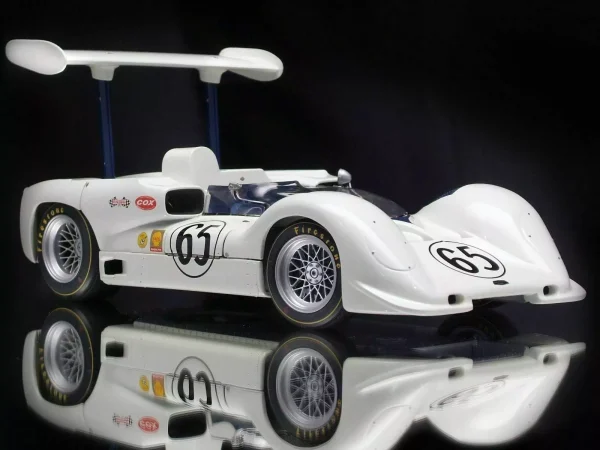
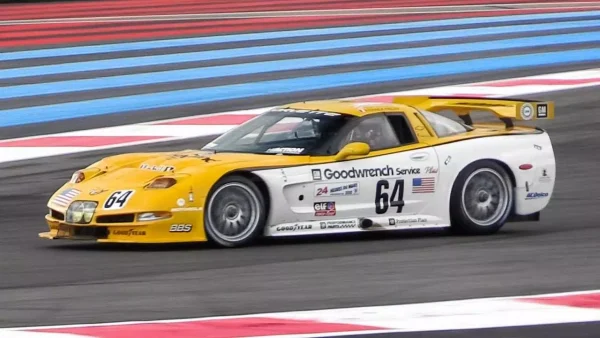
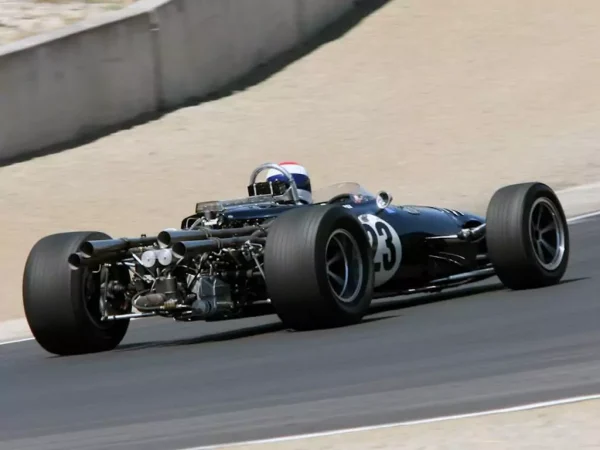
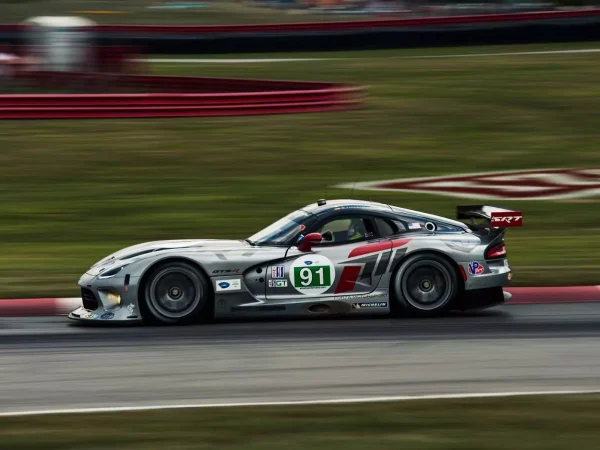
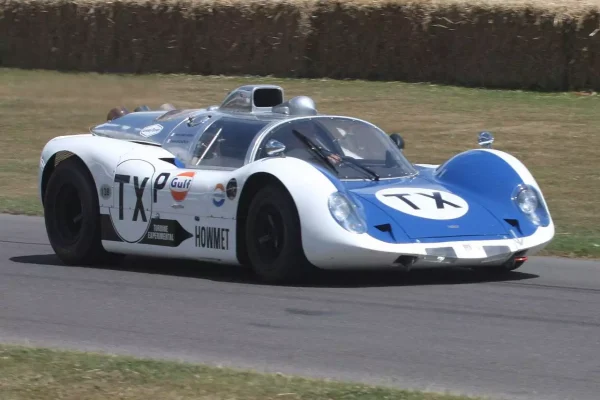
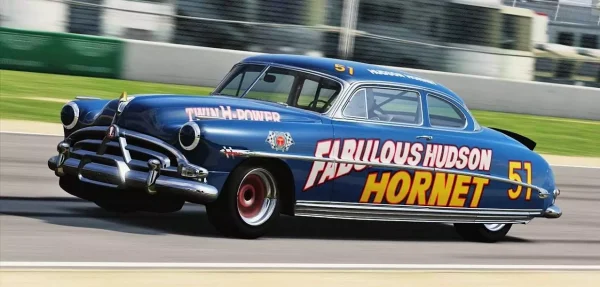
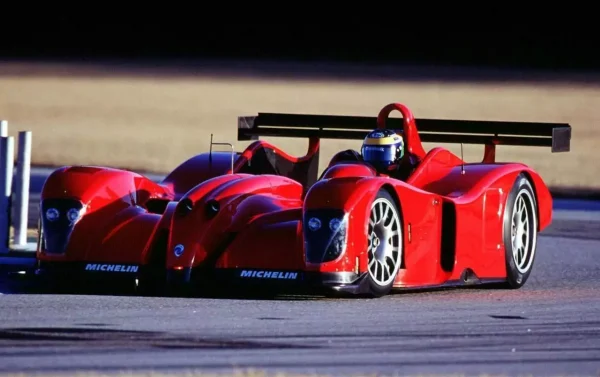
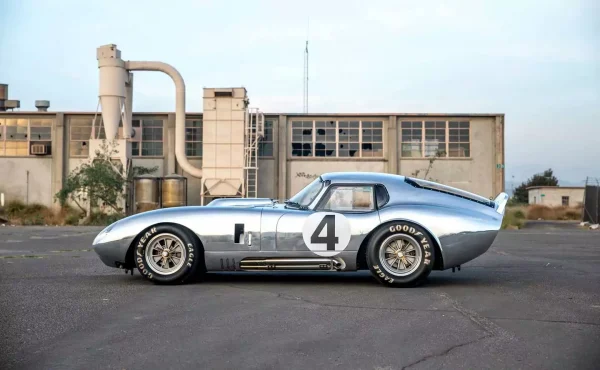

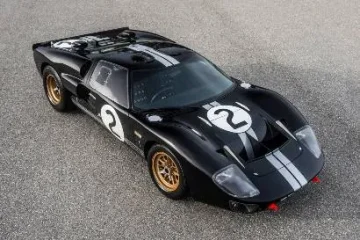


0 Comments